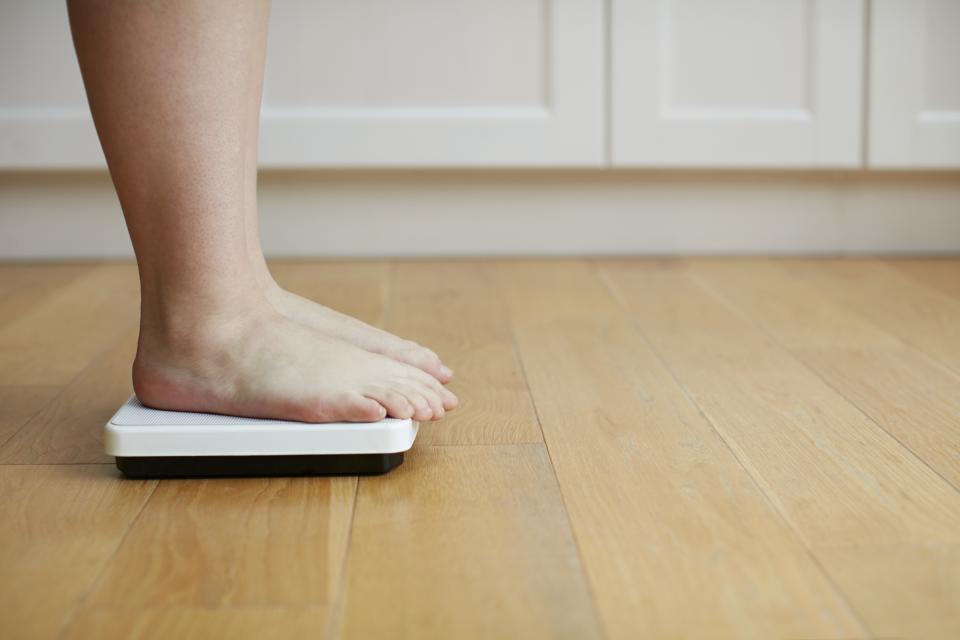America's most (and least) obese states
It’s no secret that obesity is an epidemic in America.
An estimated 93.3 million adults and 13.7 million children and adolescents in the U.S. are affected by obesity, according to the Centers for Disease Control and Prevention (CDC), and many experts fear the problem is getting worse. Aside from the daily obstacles — such as traveling — obesity increases the risk of many serious health problems including heart disease, stroke, cancer and diabetes. All four are listed on the top 10 leading causes of death nationwide.
While many experts are focusing on solutions, such as weight-loss surgery for obese kids, the personal finance site WalletHub has been busy sorting out where exactly the problem is worst. In its 2019 Fattest States report, the site used 29 different metrics to measure three categories: obesity and overweight prevalence; health consequences; and food and fitness in all 50 states (and D.C.).
The “obesity and overweight prevalence” rank was calculated using the number of overweight or obese adults, teenagers and children in each state. “Health consequences” was measured by the number of obesity-related complications such as Type 2 Diabetes and obesity-related cancer. The final category, “food and fitness,” looked at access to healthy food and the daily consumption of fruits and vegetables.

Given these metrics, here are the biggest takeaways.
Mississippi and West Virginia are reportedly the fattest states in the U.S.
The report, released in full here, uses the scores from all three categories to determine which states rank as the “fattest state” in the nation. Earning the top spot is Mississippi, which came in first overall for prevalence of obesity, seventh for health consequences and 10th for food and fitness. Coming in second is West Virginia — which ranked fourth for obesity, first for health consequences and 39th for food and fitness. Rounding out the top 10 for fattest states (in order) are Kentucky, Tennessee, Alabama, Oklahoma, Louisiana, Arkansas, Delaware and Ohio.
Colorado and Utah are considered the skinniest states
Landing at 51st as the least fat state in the U.S. was Utah, which came in 51st for obesity prevalence, 51st for health consequences and 16th for food and fitness. Colorado came in 50th, also ranking in 50th for obesity prevalence, 48th for health consequences and 29th for food and fitness. Close behind in 48th was Massachusetts followed by Connecticut, California, Minnesota, the District of Columbia, Hawaii and Alaska.
Louisiana ranked highest for cholesterol, Montana ranked the lowest
One of the most important predictors of obesity — aside from physical activity — is diet. So it’s no wonder that the top five places with the highest levels of cholesterol also align with the fattest overall. Louisiana took the first spot as the state with the largest percentage of adults with high cholesterol, followed by Kentucky, Mississippi, West Virginia and Oklahoma. The places with the lowest are Montana, followed by South Dakota, Vermont, Minnesota and Wyoming.
Most popular comfort foods seem to correspond with obesity level
One of the more interesting parts of the study is a look at the most popular comfort foods in each state — the calorie counts of which seem to align with the state’s overall rank. California, which came in 47th overall, has fish tacos as its main comfort food, which average at just 244 calories per serving. Mississippi, the worst state overall, tends more towards mud pie, which is closer to 510 calories per serving. Other notable comfort foods include fried green tomatoes in Alabama (approximately 514 calories), deep-dish pizza in Illinois (around 329 calories), funeral potatoes in Utah (around 240 calories) and fried cheese curds in Wisconsin (averaging 1,190 calories).
For those trying to lose weight, fad diets are the biggest mistake
The report doesn’t just measure where the problem is worst — it offers some advice from experts on how to fix it. One of the common themes among their answers: Diets aren’t all they’re cracked up to be. “Calorie restricted diets may help in the short term to rapidly lose weight... yet often result in an unhealthy preoccupation with calories and body weight, and rapid re-gain of the weight loss,” says Amy Nickerson, a registered dietician and nutritionist and senior lecturer & Master of Science in Dietetics program director at the University of Vermont’s department of nutrition & food sciences. “Far more healthful and sustainable is to adopt a pattern of eating for life, and learn to respond to hunger and satiety signals.”
For more tips on weight loss, go to the CDC. To read WalletHub’s whole report, click here.
Read more from Yahoo Lifestyle:
What happens to your body when daylight saving time ends? Experts explain
Researchers discover a way to produce promising drug from mushrooms to treat depression
Follow us on Instagram, Facebook and Twitter for nonstop inspiration delivered fresh to your feed, every day.
